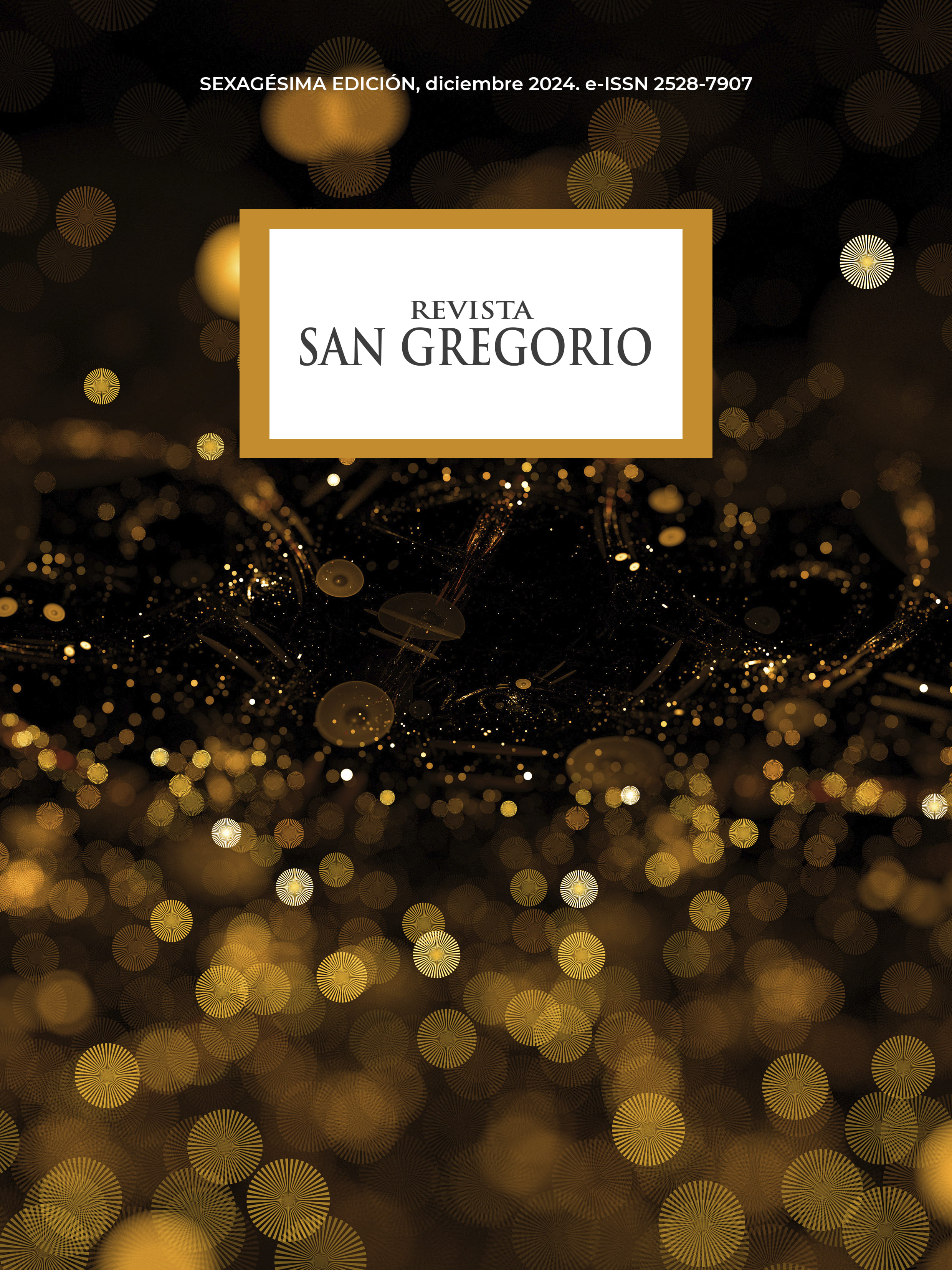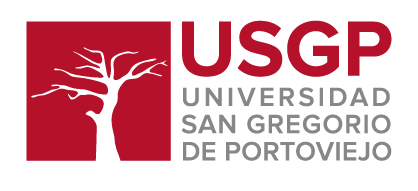Factores que afectan la intención de compra de las plataformas de transmisión directa
DOI:
https://doi.org/10.36097/rsan.v1i60.3235Palabras clave:
plataformas de transmisión directa, Netflix, intención de compra, creación de contenido, precio, marca de celebridadResumen
Si bien la convergencia de las industrias es evidente en muchos campos, la transmisión en línea es un fenómeno para investigar. Por lo tanto, este estudio investiga los factores que afectan el comportamiento de compra del consumidor para las suscripciones a plataformas de transmisión directa (OTT). Se sigue un estudio cuantitativo con un diseño de sección transversal, mientras que el análisis factorial para la confiabilidad y el modelo de ecuaciones estructurales de mínimos cuadrados parciales se han aplicado para probar hipótesis. Los resultados muestran el impacto positivo de las películas/programas de celebridades, la proporción de nuevos lanzamientos y el efecto positivo moderado del precio en la intención de compra del consumidor, mientras que la calidad del contenido actúa como un moderador positivo. El estudio con variables como la marca de la celebridad, el precio y los nuevos lanzamientos en el contexto de las plataformas OTT en la investigación académica es una práctica poco común. En la práctica, los resultados pueden beneficiar a las plataformas OTT para mejorar la experiencia del usuario y comprender la demanda de los clientes. Abre aún más horizontes para que los profesionales alineen la investigación académica con la industria del streaming OTT. Las regiones de muestra abarcan grupos demográficos en los que el OTT aún es poco común para la mayoría. Además, las plataformas OTT pueden ofrecer una amplia gama de factores que carecen de la existencia de variables estadísticas para ser incorporadas a la investigación académica.
Descargas
Citas
Adelakun, A. (2020). Should Porters Five Forces have Value in Businesses Today. Computing for Business (BSC). https://lc.cx/_LBi8j
Albort-Morant, G., & Ribeiro-Soriano, D. (2016). A bibliometric analysis of international impact of business incubators. Journal of business research, 69(5), 1775-1779. https://doi.org/10.1016/j.jbusres.2015.10.054
Au-Yong-Oliveira, M., Szczygiel, N., Barreiros, B., & Andrade, M. (2017). Superstar Cristiano Ronaldo's effect on national reputation, pride and tourism in Continental Portugal and on the Island of Madeira. Revista Turismo & Desenvolvimento (RT&D)/Journal of Tourism & Development, 27-28 (1), 667-677. https://dialnet.unirioja.es/servlet/articulo?codigo=6927888
Azhar, A., Rehman, N., Majeed, N., & Bano, S. (2024). Employer branding: A strategy to enhance organizational performance. International Journal of Hospitality Management, 116, 103618. https://doi.org/10.1016/j.ijhm.2023.103618
Chakraborty, D., Siddiqui, M., Siddiqui, A., Paul, J., Dash, G., & Dal Mas, F. (2023). Watching is valuable: Consumer views–Content consumption on OTT platforms. Journal of Retailing and Consumer Services, 70, 103148. https://doi.org/10.1016/j.jretconser.2022.103148
Curry, D. J. (1985). Measuring price and quality competition. Journal of Marketing, 49(2), 106-117. https://doi.org/10.1177/002224298504900209
Devonish, D. (2018). Effort-reward imbalance at work: the role of job satisfaction. Personnel Review, 47(2), 319-333. https://doi.org/10.1108/PR-08-2016-0218
Dobbs, M. E. (2014). Guidelines for applying Porter's five forces framework: a set of industry analysis templates. Competitiveness review, 24(1), 32-45. https://doi.org/10.1108/CR-06-2013-0059
Dwivedi, A., Johnson, L. W., & McDonald, R. E. (2015). Celebrity endorsement, self-brand connection and consumer-based brand equity. Journal of Product & Brand Management, 24(5), 449-461. https://doi.org/10.1108/JPBM-10-2014-0722
Fornell, C., & Larcker, D. F. (1981). Evaluating structural equation models with unobservable variables and measurement error. Journal of marketing research, 18(1), 39-50. https://doi.org/10.1177/002224378101800104
Gefen, D., Straub, D., & Boudreau, M.-C. (2000). Structural equation modeling and regression: Guidelines for research practice. Communications of the association for information systems, 4(1), 7. https://doi.org/10.17705/1CAIS.00407
Gliem, J. A., & Gliem, R. R. (2003). Calculating, interpreting, and reporting Cronbach’s alpha reliability coefficient for Likert-type scales. http://pioneer.chula.ac.th/~ppongsa/2900600/LMRM08.pdf
Gupta, S. (2022). The Impact of OTT Platforms on the Short Film Genre. Academy of Marketing Studies Journal, 26(5). https://www.abacademies.org/articles/the-impact-of-ott-platforms-on-the-short-film-genre-15226.html
Hameed, R., Rehaman, N., Shoaib, M., & Ibtsam, M. (2023). Promoting pro-environmental behavior among one belt one road firms’ employees through the lens of green human resource practices. Work, 76(4), 1373-1384. https://content.iospress.com/articles/work/wor211442
Hameed, R., Rehman, N., Tufail, S., & Kiziloglu, M. (2023). Green human resource management and environmental knowledge: A moderated mediation model to endorse green CSR. Frontiers in Environmental Science, 11, 1136957. https://doi.org/10.3389/fenvs.2023.1136957
Harman, H. H. (1976). Modern factor analysis: University of Chicago press. https://ia601304.us.archive.org/23/items/ModernFactorAnalysis/ModernFactorAnalysis.pdf
Harrison, D. A., McLaughlin, M. E., & Coalter, T. M. (1996). Context, cognition, and common method variance: Psychometric and verbal protocol evidence. Organizational behavior and human decision processes, 68(3), 246-261. https://doi.org/10.1006/obhd.1996.0103
Himes, S. M., & Thompson, J. K. (2007). Fat stigmatization in television shows and movies: A content analysis. Obesity, 15(3), 712-718. https://doi.org/10.1038/oby.2007.635
Jain, M. K. (2021). The Rise of OTT Platform: Changing Consumer Preferences. EPRA International Journal of Multidisciplinary Research (IJMR), 7(6), 257-261. https://eprajournals.com/jpanel/upload/1033pm_40.EPRA%20JOURNALS-7270.pdf
Jancovich, M. (2003). Defining cult movies: the cultural politics of oppositional tastes: Manchester University Press. https://discovered.ed.ac.uk/permalink/44UOE_INST/7g3mt6/alma9918721483502466
Joseph, G. (2024). OTT Platforms and the Movie Industry: Evolving Business Models. http://dx.doi.org/10.4135/9781071939734
Juliana, J. P. E., & Nyoman, Y. N. (2019). Factors influencing competitiveness of small and medium industry of Bali: Porter’s five forces analysis. Russian Journal of Agricultural and Socio-Economic Sciences, 89(5), 45-54. DOI 10.18551/rjoas.2019-05.06
Karagiannopoulos, G., Georgopoulos, N., & Nikolopoulos, K. (2005). Fathoming Porter's five forces model in the internet era. info, 7(6), 66-76. https://doi.org/10.1108/14636690510628328
Kotler, P. (2012). Kotler on marketing: Simon and Schuster. https://www.simonandschuster.com/books/Kotler-on-Marketing/Philip-Kotler/9781476787909
Kweon, H. J., & Kweon, S. H. (2021). Pricing strategy within the US streaming services market: A focus on Netflix’s price plans. International Journal of Contents, 17(2), 1-8. https://www.koreascience.or.kr/article/JAKO202119759275785.pdf
Lestari, M., & Wahyono, W. (2021). The influence of celebrity endorser and online promotion on purchase decision through brand image. Management Analysis Journal, 10(2), 198-211. https://doi.org/10.15294/maj.v10i2.45545
Mann, B. J. S., Parmar, Y., & Ghuman, M. K. (2023). A new scale to capture the multidimensionality of celebrity image. Global Business Review, 24(6), 1251-1275. https://doi.org/10.1177/0972150920919599
Moon, S., Bergey, P. K., & Iacobucci, D. (2010). Dynamic effects among movie ratings, movie revenues, and viewer satisfaction. Journal of Marketing, 74(1), 108-121. https://doi.org/10.1509/jmkg.74.1.108
Morris, K. L. (2022). Netflix Strategic Business Analysis. https://scholarworks.umt.edu/cgi/viewcontent.cgi?article=1425&context=utpp
Murray, J. Y., Kotabe, M., & Zhou, J. N. (2005). Strategic alliance-based sourcing and market performance: evidence from foreign firms operating in China The Future of Global Business (pp. 568-613): Routledge. 10.1057/palgrave.jibs.8400120
Pandey, U. S. (2022). Why Are OTT Platforms So Popular? Liberal Stud., 7, 33. https://heinonline.org/HOL/LandingPage?handle=hein.journals/libs7&div=8&id=&page=
Podsakoff, P. M., MacKenzie, S. B., Lee, J.-Y., & Podsakoff, N. P. (2003). Common method biases in behavioral research: a critical review of the literature and recommended remedies. Journal of applied psychology, 88(5), 879. https://psycnet.apa.org/doi/10.1037/0021-9010.88.5.879
Porter, M. E. (2008). The five competitive forces that shape strategy. Harvard business review, 86(1), 78. https://www.blueoceanstrategyaustralia.com.au/wp-content/uploads/2023/08/HBRs-10-Must-Reads-on-Strategy.pdf#page=26
Pradhan, D., Duraipandian, I., & Sethi, D. (2016). Celebrity endorsement: How celebrity–brand–user personality congruence affects brand attitude and purchase intention. Journal of Marketing Communications, 22(5), 456-473. https://doi.org/10.1080/13527266.2014.914561
Raj, S. J., Sreekumar, R., & Jermadi, F. (2016). Universal appeal of superstar Shahrukh Khan in a post-globalised Bollywood era. Salaam Bollywood: Representations and interpretations, 257. https://www.taylorfrancis.com/chapters/edit/10.4324/9781315625720-20/khan-mania-sony-jalarajan-raj-rohini-sreekumar-fikri-jermadi
Rehman, N., Mahmood, A., Ikram, A., & Ahmad, A. (2021). Firing on all cylinders: Configuring information technology around the constituents of corporate entrepreneurship to outperform in SME sector. Plos one, 16(9), e0256539. https://doi.org/10.1371/journal.pone.0256539
Rehman, N., Majeed, N., Javaid, M. U., & Arooj, A. (2023). Assessing the sustainable development of firms: The moderating role of transformational leadership and firm size. Business Strategy & Development, 6(4), 957-971. https://doi.org/10.1002/bsd2.290
Rice, J. F. (2010). Adaptation of Porter's five forces model to risk management. Defense AR Journal, 29(2), 126-139. http://dx.doi.org/10.22594/dau.21-890.29.02
Sadana, M., & Sharma, D. (2021). How over-the-top (OTT) platforms engage young consumers over traditional pay television service? An analysis of changing consumer preferences and gamification. Young Consumers, 22(3), 348-367. https://doi.org/10.1108/YC-10-2020-1231
Sharma, M., Basu, S., Chakraborty, S., & Bose, I. (2023). Determining the optimal release time of movies: A study of movie and market characteristics. Decision Support Systems, 165, 113893. https://doi.org/10.1016/j.dss.2022.113893
Singh, G., & Pandey, N. (2015). Revisiting three decades of price premium research in marketing: a literature review. International Journal of Revenue Management, 8(3-4), 219-240. https://doi.org/10.1504/IJRM.2015.073817
Singh, K. K., Makhania, J., & Mahapatra, M. (2024). Impact of ratings of content on OTT platforms and prediction of its success rate. Multimedia Tools and Applications, 83(2), 4791-4808. https://doi.org/10.1007/s11042-023-15887-9
Soren, A. A., & Chakraborty, S. (2023). The formation of habit and word-of-mouth intention of over-the-top platforms. Journal of Retailing and Consumer Services, 75, 103460. https://doi.org/10.1016/j.jretconser.2023.103460
Talwar, S., Kaur, P., Kumar, S., Laroche, M., & Dhir, A. (2024). Caged, helpless but not bored: consumption values derived from over-the-top platforms during pandemic. Information Technology & People, 37(1), 422-448. https://doi.org/10.1108/ITP-11-2021-0837
Verma, S., & Yadav, S. K. (2023). The antecedents of consumer satisfaction toward OTT platforms during covid-19 lockdown in India. Jindal Journal of Business Research, 12(1), 30-43. https://doi.org/10.1177/22786821231161853
Vermeer, W. M., Alting, E., Steenhuis, I. H., & Seidell, J. C. (2010). Value for money or making the healthy choice: the impact of proportional pricing on consumers’ portion size choices. European Journal of Public Health, 20(1), 65-69. https://doi.org/10.1093/eurpub/ckp092
Viswanathan, M. (2005). Measurement error and research design: Sage. https://doi.org/10.4135/9781412984935
Williams, L. R. (2012). Arnold Schwarzenegger: corporeal charisma. https://eprints.soton.ac.uk/147719/1/147719WILLIAMS29.pdf
Yi, Y., & Wang, H. (2019). Multi-modal learning for affective content analysis in movies. Multimedia Tools and Applications, 78, 13331-13350. https://doi.org/10.1007/s11042-018-5662-9
Yoon, J. H., & Kim, H. K. (2023). Why do consumers continue to use OTT services? Electronic Commerce Research and Applications, 60, 101285. https://doi.org/10.1016/j.elerap.2023.101285
Young, M. R., DeSarbo, W. S., & Morwitz, V. G. (1998). The stochastic modeling of purchase intentions and behavior. Management science, 44(2), 188-202. https://doi.org/10.1287/mnsc.44.2.188
Yuan, L. W., Iqbal, S., Hussain, R. Y., & Ali, S. (2019). Impact of price on customer satisfaction: Mediating role of consumer buying behaviour in telecom sector. International Journal of Research, 6(04). https://papers.ssrn.com/sol3/papers.cfm?abstract_id=3477698
Zhao, H., Yao, X., Liu, Z., & Yang, Q. (2021). Impact of pricing and product information on consumer buying behavior with customer satisfaction in a mediating role. Frontiers in Psychology, 12, 5016. https://doi.org/10.3389/fpsyg.2021.720151
Descargas
Publicado
Cómo citar
Número
Sección
Licencia
Derechos de autor 2024 Syed Ali Abbas, Nabeel Rehman

Esta obra está bajo una licencia internacional Creative Commons Atribución-NoComercial-SinDerivadas 4.0.



















